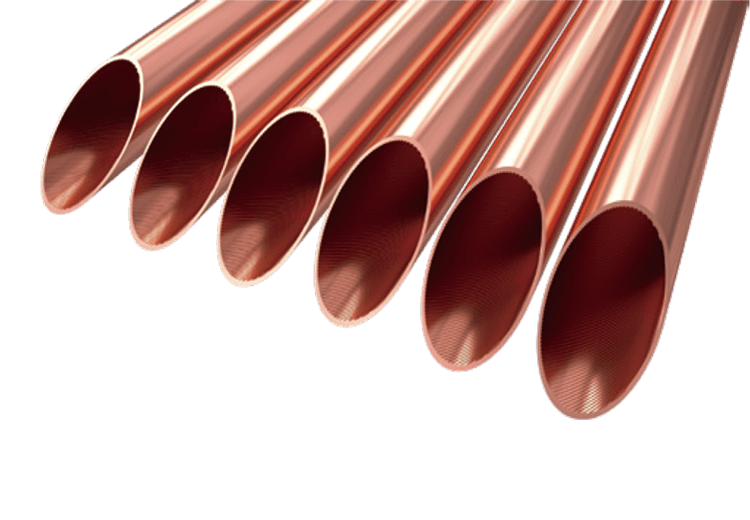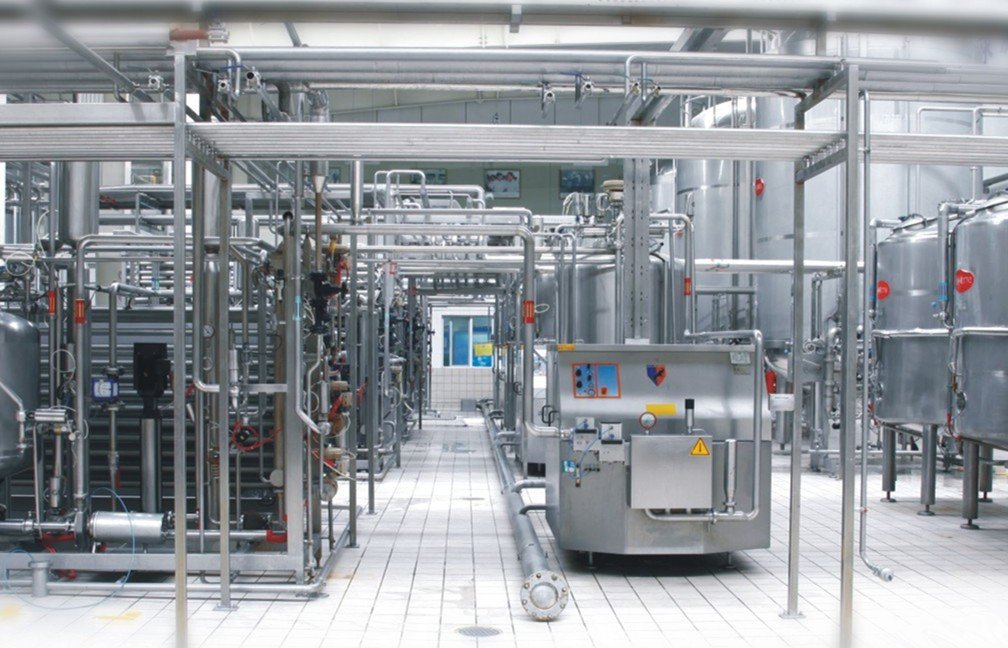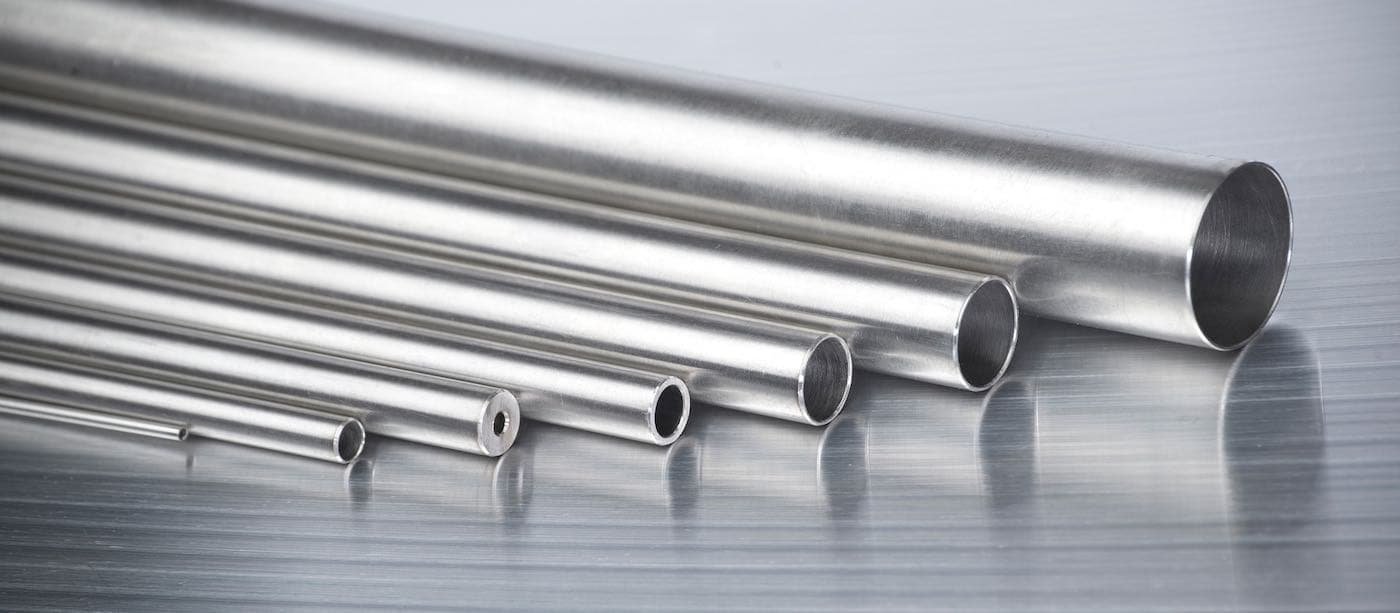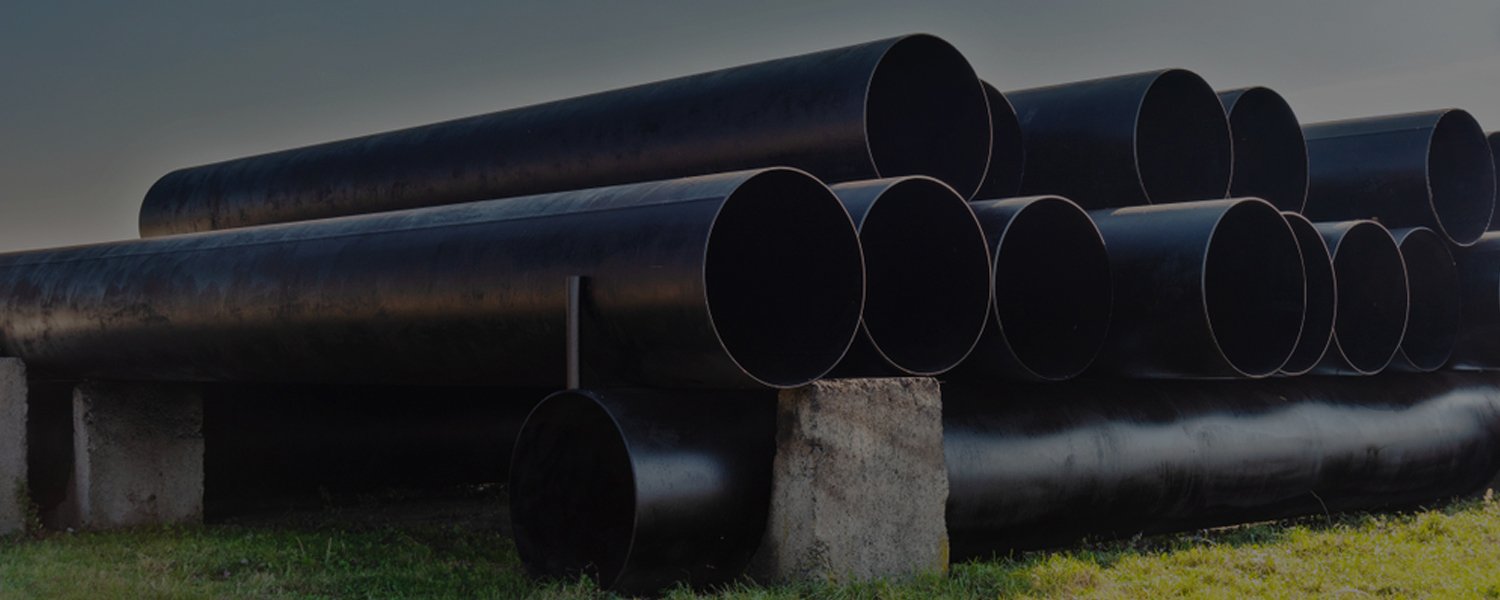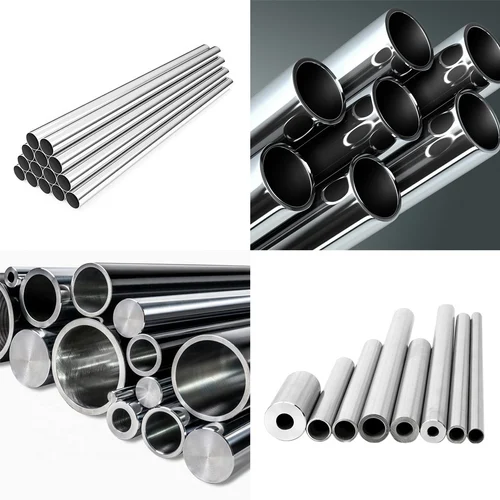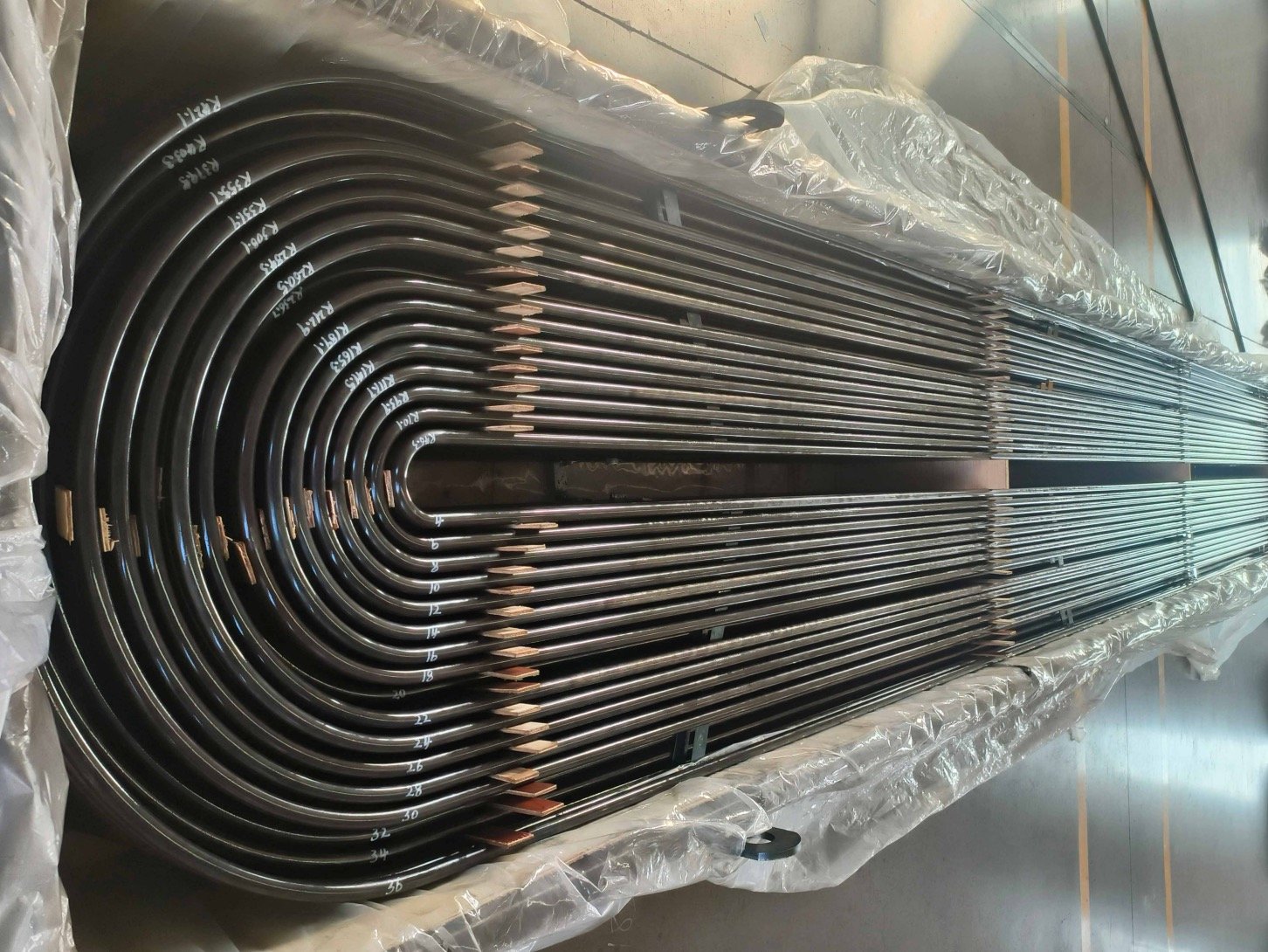Meta Description:
Understand the pros and cons of seamless vs welded stainless steel tubes. Learn when to choose each type based on pressure, corrosion, cost, and application requirements.
Introduction
When specifying stainless steel tubes for your project—whether it’s a heat exchanger, fluid transport system, or structural framework—one of the most important decisions is choosing between seamless and welded tubing.
Each has distinct manufacturing processes, mechanical properties, cost implications, and best-fit applications. This article provides a practical comparison to help you make an informed decision.
What Are Seamless Tubes?
Seamless tubes are manufactured without a weld seam. They are formed by hot extrusion and further processed by cold drawing or cold rolling.
Advantages of Seamless Tubes:
- No weld seam → uniform structure and pressure strength
- Superior corrosion resistance in critical environments
- Ideal for high-temperature and high-pressure systems
- Compliant with most ASTM A213 and EN 10216-5 standards
Disadvantages:
- Higher production cost
- Longer lead times
- More limited in outer diameter (OD) range
What Are Welded Tubes?
Welded tubes are made by forming a strip or coil into a cylindrical shape and welding the seam longitudinally, usually via TIG, laser, or HF welding.
Advantages of Welded Tubes:
- More economical—lower material loss
- Faster lead time and higher availability
- Tighter tolerances for OD and wall thickness
- Wide availability in polished or bright annealed finishes
- Can be used for decorative or low-pressure use
Disadvantages:
- Weld seam may be a weak point under high pressure
- Higher risk of corrosion at the seam (if not properly treated)
- May not be acceptable for certain EPC or oil & gas specs
Comparison Table: Seamless vs Welded Tubes
| Feature | Seamless Tube | Welded Tube |
|---|---|---|
| Manufacturing | Extrusion + cold drawing | Coil forming + longitudinal weld |
| Pressure Resistance | Excellent (no seam) | Moderate |
| Surface Finish Availability | BA, Pickled, Polished | BA, Polished, Mirror Finish |
| Weld Seam Presence | None | Yes |
| Cost | Higher | Lower |
| Lead Time | Longer | Shorter |
| Typical Standards | ASTM A213, EN 10216-5 | ASTM A269, ASTM A312 |
| Typical Applications | Heat exchangers, boilers, nuclear | Decorative, pharma, utility lines |
When to Use Seamless Tubes
- High-pressure systems (e.g., steam superheaters)
- Heat exchangers in oil & gas, petrochemical industries
- Applications requiring 100% integrity with no risk of seam corrosion
- Where EN 10204 3.2 or third-party certification is mandatory
When to Use Welded Tubes
- Lower-pressure applications (e.g., fluid delivery, HVAC lines)
- When cost efficiency is a priority
- In decorative applications requiring polished surface
- Where diameter tolerance is critical
DLSS Tube Options
DLSS supplies both types with full quality control:
- Seamless Tubes:
- ASTM A213, A789, B111
- Sizes: 6–38.1 mm OD
- Surface: Bright Annealed, Pickled
- Welded Tubes:
- ASTM A269, A312
- Sizes: up to 114.3 mm OD
- Surface: Mirror polished, Satin finish
Testing & Certificates:
- Eddy current / Hydro / PMI / UT
- EN 10204 3.1 / 3.2 certificates
- BV, SGS, TUV witnessed inspection available
SEO Keywords
seamless vs welded stainless steel tube, stainless pipe pressure resistance, welded tube corrosion risk, ASTM A269 welded tube, ASTM A213 seamless pipe, seamless tube manufacturer DLSS, bright annealed welded pipe, stainless heat exchanger tubing, when to use welded pipe, welded vs seamless piping system
Conclusion
Both seamless and welded tubes have their place in industrial and commercial applications. Your decision should be based on:
- Operating pressure
- Budget constraints
- Surface requirements
- Third-party or EPC specifications
DLSS offers both options—with full traceability, test reports, and global delivery support.
Contact DLSS to Discuss Your Project
Email: info@dlsspipe.com
Website: www.dlsspipeline.com
Let our engineers help you choose the most suitable and cost-effective stainless steel tube for your specific application.


